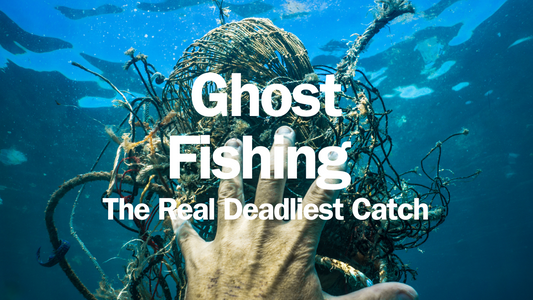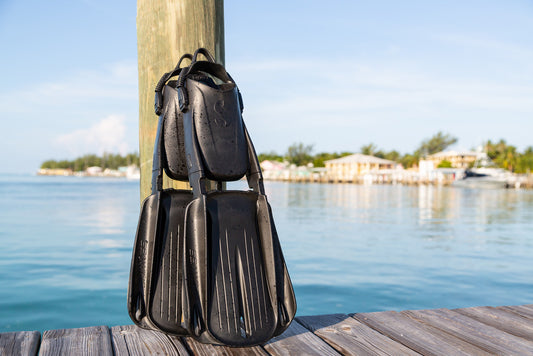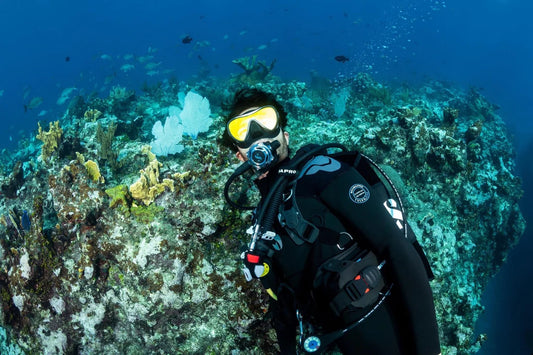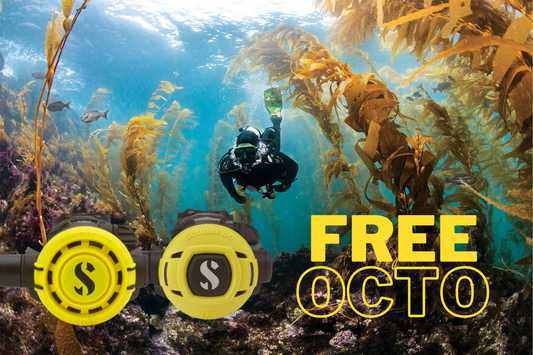
When there is either a full moon or a new moon, the sun and moon pull together and the effects are more dramatic. We call it a 'spring' tide. There is a much greater difference in the height of low water and the height of high water and this not only effects the depth over a given site. Much more importantly, it effects the amount of water that must flood in and ebb out over the continental shelf in the same six-and-a-bit hour period, as the tide of the nearby ocean changes.
On those occasions when there is an exceptionally high 'spring' tide, there is also an exceptionally low 'spring' tide. A lot of water is shifted to and from the ocean in the same period of time and the currents can be very strong indeed. It can make diving either almost impossible or very spectacular.
Why is it called a 'spring tide'? Because the Christian church decided that Easter should fall on the first Sunday following the first ecclesiastical full moon that occurs on or after the day of the vernal equinox, itself fixed at the 21st March.
The land we live on stands on a continental shelf. When the level of the deep ocean rises with the tide, the water floods up over that shelf. When it falls, the level ebbs back. It's the same with the lagoons of atolls. So besides getting a change in levels we also, more importantly, get the effect of the flow of this water. We call it a tidal flow or current.
Many internationally famous diving destinations are oceanic by nature. Out in the ocean itself there may be only means a few metres of difference in the depth of the water you dive in. However that is not to say that ocean currents are not of consequence and can be very strong. These currents tend to be driven also by seasonal changes in the ocean wind, the jet stream and convection caused by changes in seawater temperatures close to the Poles.
The seabed is not flat. It has topographical differences caused by natural undulations, reefs and even wrecks. The sideways pressure of the water being pushed across from the ocean as it overflows on to the continental shelf, means it has to squeeze round, or up and over, or even through some of these obstacles and, like the air passing over the wing of a plane it has to speed up to do so. In other cases vortexes or areas of low sideways pressure are produced. We call this in the 'lee' of a current.
The water squeezing up over a reef or wreck can speed up dramatically. It's these current points that attract big pelagic marine life. Currents can change sometimes very quickly. You may start a dive when there is apparently no current at all but during the time you are down the current is almost always likely to start up again.
A current hook is simply a length of thick cord attached to your BC by a karibiner and with a big hook on one end. You simply choose a part of the substrate or rock that is strong enough to take it and hook on, letting the current push you back to take up the slack. A little bit of air in your BC to make you just positively buoyant will allow you to fly like a kite in the breeze. It's a relaxing way to sit in a current and watch the big fishes that are attracted to the spot on the reef known as the 'current point'.



